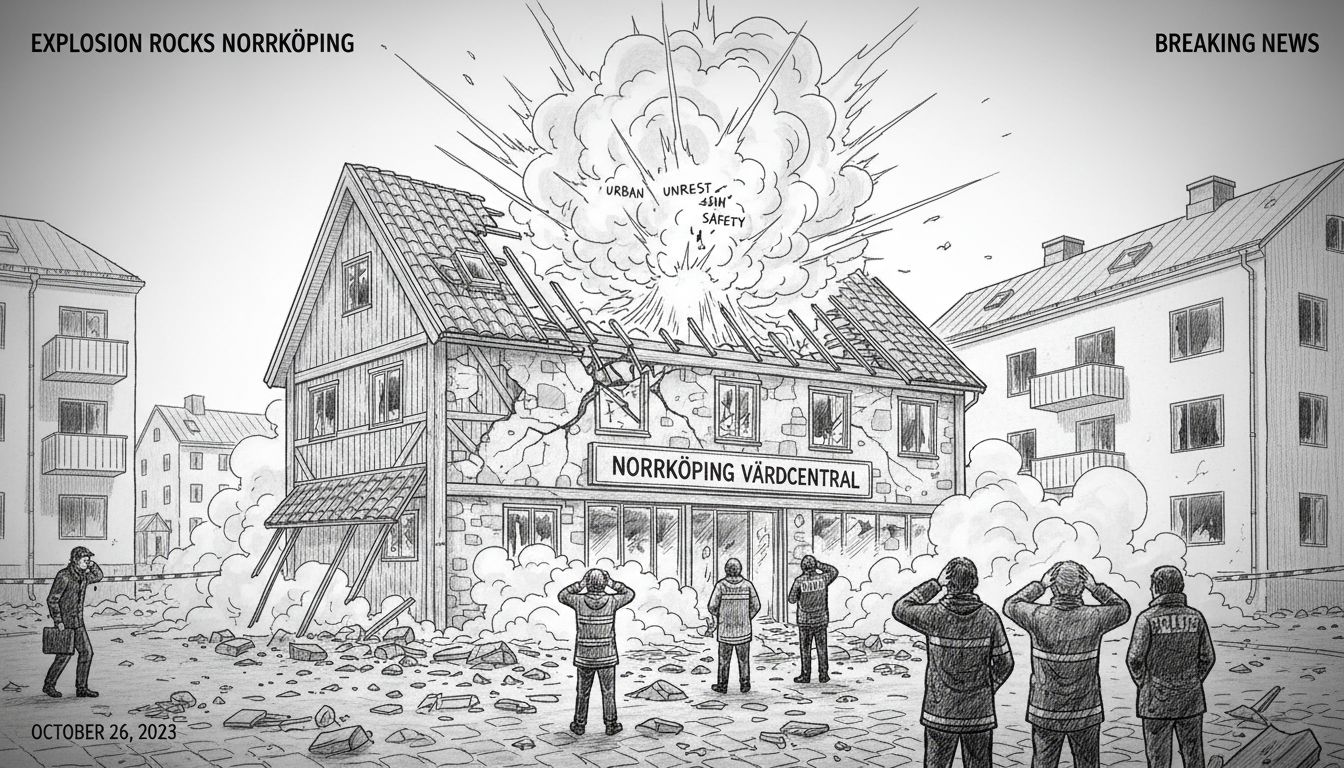Residents of Norrköping's Sundbyhov district awoke to violent explosions for the second consecutive night. The blast damaged a building housing a healthcare center and dental clinic, shattering windows and leaving residents terrified. 'My entire bed shook. I flew straight up,' one Sundbyhov resident described the moment of detonation. Police have cordoned off multiple areas including Lindö, where bomb technicians investigated a suspicious object.
The psychological impact on this Swedish community runs deep. Another local resident expressed the collective anxiety, asking 'Does it have to be like this? It's like living in a war zone.' These back-to-back explosions represent a troubling pattern in Swedish urban security. Norrköping joins other Swedish cities experiencing similar incidents in recent times.
Swedish society maintains strong social trust despite these challenges. The healthcare center demonstrated this resilience by announcing it would remain open, treating patients in undamaged sections of the building. This commitment to normalcy reflects the Swedish value of maintaining daily life despite adversity.
Police conducted vehicle checks throughout the city and questioned multiple individuals. Authorities haven't confirmed whether the healthcare center was specifically targeted or if connections exist between this week's explosions. A police representative stated they're working intensively on both the Lindö and Sandbyhov investigations but cannot share specific details.
For international observers, these events highlight complex challenges in Swedish immigration and integration policies. Sweden has historically welcomed refugees and immigrants, but some neighborhoods face difficulties with organized crime. The explosions occur against this broader backdrop of societal transformation.
The practical implications for Stockholm events and Swedish lifestyle are concerning. While Norrköping lies south of Stockholm, such incidents affect national perceptions of safety. Swedish culture typically emphasizes openness and accessibility in public spaces, making these attacks particularly disruptive to daily life.
What happens next remains uncertain. Police continue seeking public tips while residents navigate damaged neighborhoods. The pattern suggests coordinated criminal activity rather than random violence. Swedish authorities face pressure to restore security while maintaining the open society that defines Swedish culture.

